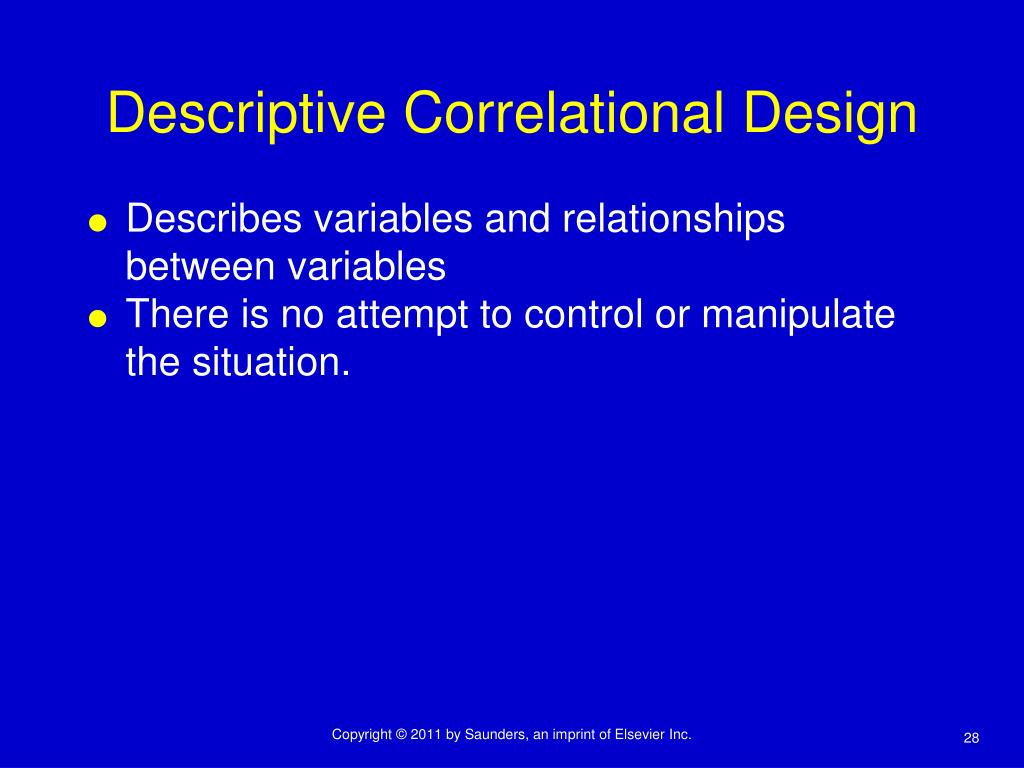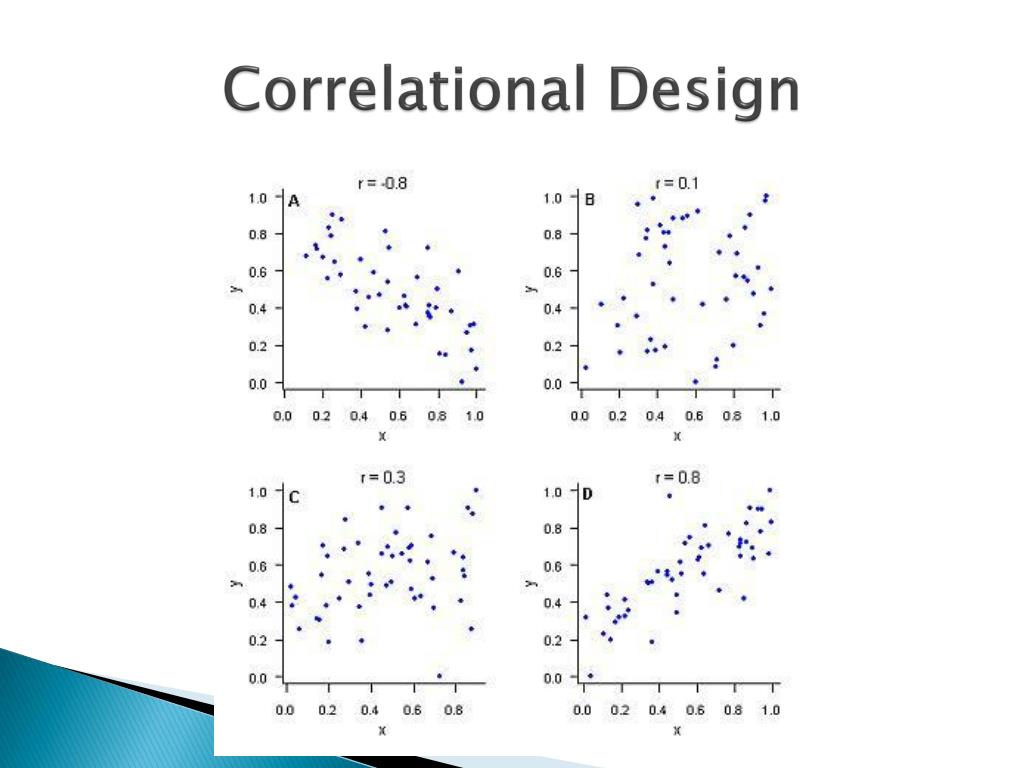Table Of Content

The circled point represents a person whose stress score was 10 and who had three physical symptoms. It is best to conduct correlational research using an online correlational research survey form as this makes the data-gathering process, more convenient. Formplus is a great online data-gathering platform that you can use to create custom survey forms for correlational research.
Opinion: Does social media rewire kids’ brains? Here’s what the science really says
After creating your correlational research survey, you can share the personalized link with respondents via email or social media. Correlational research observes and measures historical patterns between 2 variables such as the relationship between high-income earners and tax payment. Correlational research may reveal a positive relationship between the aforementioned variables but this may change at any point in the future. Correlational research examples are numerous and highlight several instances where a correlational study may be carried out in order to determine the statistical behavioral trend with regards to the variables under consideration. This method is less expensive, saves time and provides the researcher with more disposable data to work with. However, it has the problem of data accuracy as important information may be missing from previous research since the researcher has no control over the data collection process.
Correlational Design and Analysis
Data collection methods in correlational research are the research methodologies adopted by persons carrying out correlational research in order to determine the linear statistical relationship between 2 variables. These data collection methods are used to gather information in correlational research. This is an example of content analysis—a family of systematic approaches to measurement using complex archival data. Just as naturalistic observation requires specifying the behaviors of interest and then noting them as they occur, content analysis requires specifying keywords, phrases, or ideas and then finding all occurrences of them in the data. Different types of correlation coefficients might be appropriate for your data based on their levels of measurement and distributions.
Contents
For example, instead of simply measuring how much people exercise, a researcher could bring people into a laboratory and randomly assign half of them to run on a treadmill for 15 minutes and the rest to sit on a couch for 15 minutes. Although this seems like a minor change to the research design, it is extremely important. Now if the exercisers end up in more positive moods than those who did not exercise, it cannot be because their moods affected how much they exercised (because it was the researcher who determined how much they exercised). Likewise, it cannot be because some third variable (e.g., physical health) affected both how much they exercised and what mood they were in (because, again, it was the researcher who determined how much they exercised).
A Correlational Study of Ophthalmic Artery Doppler Parameters and Maternal Blood Pressure in Normotensive and Pre ... - Cureus
A Correlational Study of Ophthalmic Artery Doppler Parameters and Maternal Blood Pressure in Normotensive and Pre ....
Posted: Tue, 20 Jun 2023 07:00:00 GMT [source]
Researchers use correlation coefficients to determine the degree to which two variables are related. While correlational research does not involve manipulating variables, researchers can use experimental design to establish cause-and-effect relationships between variables. Experimental design involves manipulating one variable while holding other variables constant to determine the effect on the dependent variable. A correlational study is a type of research design that looks at the relationships between two or more variables. Correlational studies are non-experimental, which means that the experimenter does not manipulate or control any of the variables. Fearmongering happens when the mere association between an activity such as social media use and a brain pathway is taken as a sign of something harmful on its own.

The Pearson product-moment correlation coefficient, also known as Pearson’s r, is commonly used for assessing a linear relationship between two quantitative variables. Path analysis is a statistical method used to model the relationship between multiple variables. Researchers use path analysis to test causal models and identify direct and indirect effects between variables. A negative correlation occurs when one variable increases while the other decreases. This means that as one variable increases, the other variable tends to decrease.
There are advantages and disadvantages to each of the three design options presented above. Correlational studies, better known as observational studies in epidemiology, are used to examine event exposure, disease prevalence and risk factors in a population (Elwood, 2007). In eHealth, the exposure typically refers to the use of an eHealth system by a population of subjects in a given setting. These subjects may be patients, providers or organizations identified through a set of variables that are thought to differ in their measured values depending on whether or not the subjects were “exposed” to the eHealth system.
These occurrences can then be counted, timed (e.g., the amount of time devoted to entertainment topics on the nightly news show), or analyzed in a variety of other ways. Often, however, the behaviours of interest are not so obvious or objective. The observers committed this list to memory and then practised by coding the reactions of bowlers who had been videotaped. The distinctive feature of correlational research is that the researcher can’t manipulate either of the variables involved. A researcher could observe participants in a closed environment or a public setting. Two variables, X and Y, can be statistically related because X causes Y or because Y causes X.
Mudslides, drowned highways, upended homes: Scenes from Southern California’s atmospheric river
To validate this scale, you need to test whether it’s actually measuring loneliness. You collect data on loneliness using three different measures, including the new scale, and test the degrees of correlations between the different measurements. You think there is a causal relationship between two variables, but it is impractical, unethical, or too costly to conduct experimental research that manipulates one of the variables. Overall, the purpose of correlational research is to provide insight into the relationship between variables, which can be used to inform further research, interventions, or policy decisions.
While the inability to change variables can be a disadvantage of some methods, it can be a benefit of archival research. That said, using historical records or information that was collected a long time ago also presents challenges. For one, important information might be missing or incomplete and some aspects of older studies might not be useful to researchers in a modern context. Use the correlational research method to conduct a correlational study and measure the statistical relationship between two variables.
Different types of correlation coefficients and regression analyses are appropriate for your data based on their levels of measurement and distributions. A correlation reflects the strength and/or direction of the relationship between two (or more) variables. Correlational research can be used in a variety of fields, including psychology, education, medicine, business, and sociology. For example, in psychology, correlational research can be used to explore the relationship between personality traits and behavior, or between early life experiences and later mental health outcomes.
The two observers showed that they agreed on the reactions that were exhibited 97% of the time, indicating good interrater reliability. There are growing populations with multiple chronic conditions and healthcare interventions. They have made it difficult to design rcts with sufficient sample size and long-term follow-up to account for all the variability this phenomenon entails. Also rcts are intended to test the efficacy of an intervention in a restricted sample of subjects under ideal settings. They have limited generalizability to the population at large in routine settings (Fleurence, Naci, & Jansen, 2010). As such, correlational studies, especially those involving the use of routinely collected ehr data from the general population, have become viable alternatives to rcts.

No comments:
Post a Comment